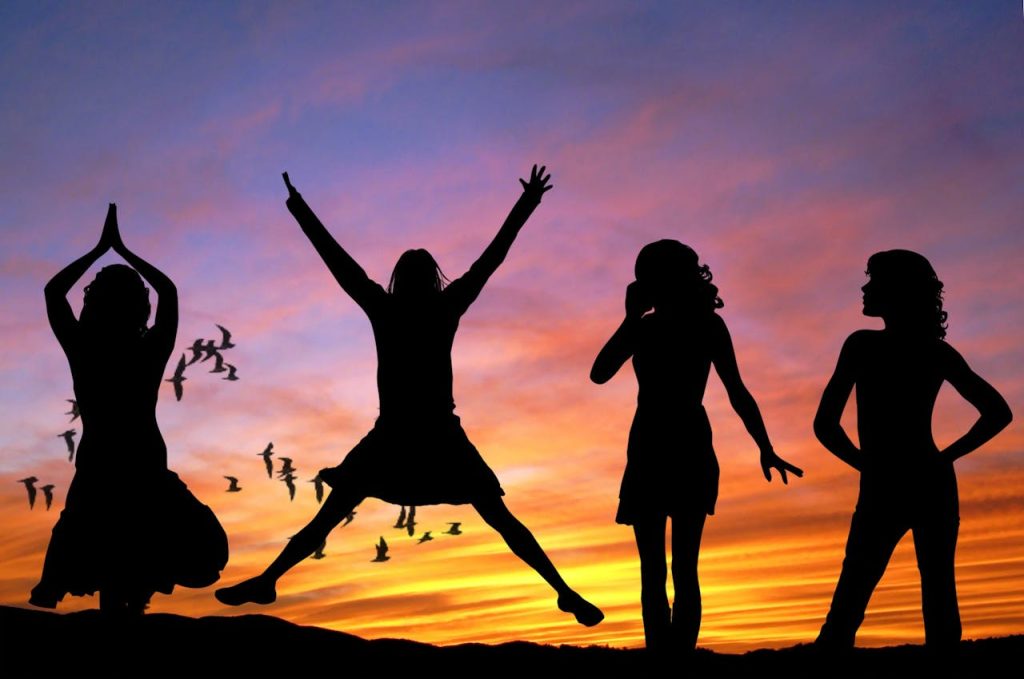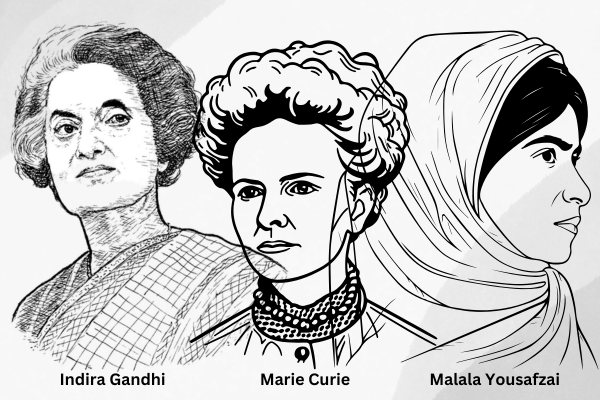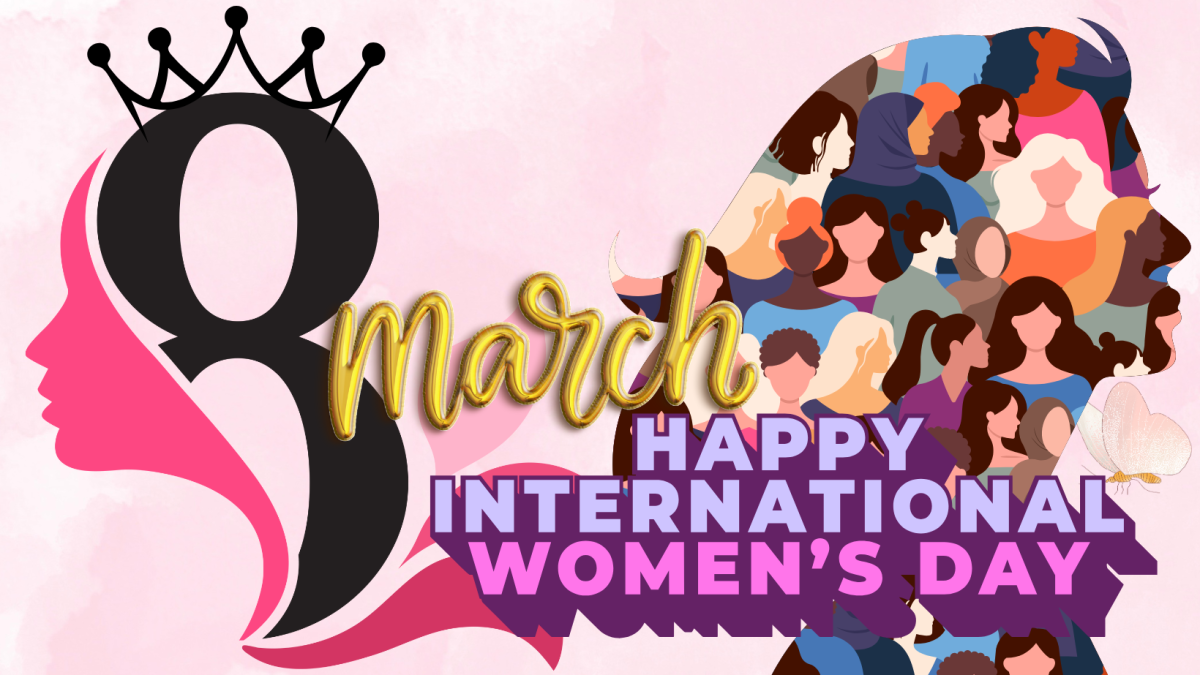Every time on March 8th, the world comes together to celebrate International Women’s Day( IWD), a day devoted to recognizing the achievements of women across all walks of life. It is n’t just a day of recognition but also a memorial of the struggles women have faced and continue to overcome in their pursuit of equivalency, respect, and occasion. From the fight for voting rights to breaking conceptions in workplaces and societies, Women’s Day signifies adaptability, commission, and progress.
The History Behind Women’s Day-
International Women’s Day has its roots in the early 20th century when women around the world started demanding better working conditions, fair stipend, and equal rights. The first sanctioned National Women’s Day was observed in the United States on February 28, 1909, in honor of the garment workers’ strike in New York.

The instigation of women’s rights movements gained traction encyclopedically, and in 1910, a German activist, Clara Zetkin, proposed the idea of an International Women’s Day at the International Socialist Women’s Conference in Copenhagen. The idea was accepted, and on March 8, 1911, the first International Women’s Day was celebrated in Austria, Denmark, Germany, and Switzerland. Over the times, the day came a symbol of global solidarity, championing for gender equivalency and women’s rights.
In 1977, the United Nations officially honored March 8th as International Women’s Day, encouraging member countries to observe it and promote women’s benefactions to society.
The Significance of Women’s Day-
Women’s Day is n’t just a emblematic festivity; it carries deep significance. It serves as a day to reflect on the progress made towards gender equivalency while admitting the challenges that still live. The day is marked by colorful events, juggernauts, and conversations aimed at addressing issues similar as gender- grounded violence, plant demarcation, unstable pay, and lack of openings for women in leadership places.
It also acts as a memorial that gender equivalency is n’t just a women’s issue but a mortal rights issue that impacts societies, husbandry, and unborn generations. When women are empowered, communities thrive, businesses flourish, and societies progress towards sustainable development.
How Women’s Day is Celebrated-
Different countries and associations celebrate Women’s Day in unique ways. Some of the common ways include:

- Rallies and Marches – Activists, NGOs, and individualities come together to raise mindfulness about women’s rights and demand policy changes.
- Conferences and Panel conversations – colorful institutions host conversations on gender equivalency, women’s commission, and leadership.
- Social Media juggernauts – Hashtags like#EachForEqual, #ChooseToChallenge, and #BreakTheBias trend worldwide, sparking exchanges and inspiring action.
- recognizing Women Achievers – Women outstripping in different fields are honored for their benefactions to society.
- Commercial enterprise – numerous companies use this day to launch programs supporting gender diversity, equal pay, and plant addition.
- Charity and Fundraising Events – Associations raise finances to support women’s education, healthcare, and employment enterprise.
The Ongoing Struggles for Women-
Despite the progress made over the times, women continue to face multitudinous challenges. Some of the crucial issues include:
- Gender Pay Gap – Women, on average, earn lower than men for the same work in numerous corridor of the world.
-Limited Leadership Representation – Women are still underrepresented in top leadership positions across diligence. - Gender- Grounded Violence – Domestic violence, importunity, and exploitation remain significant issues encyclopedically.
- Education difference – numerous girls, especially in depressed regions, are denied access to quality education.
- Workplace Demarcation – impulses and conceptions still hamper women’s growth and career advancement.
Steps Towards Gender Equality-
Achieving true gender equivalency requires collaborative sweats from individualities, associations, and governments. Some crucial way include:

- Education and mindfulness – Educating both men and women about gender equivalency and breaking societal conceptions.
- Equal Pay programs – enforcing strict programs icing equal pay for equal work.
- Women in Leadership – Encouraging and supporting women in leadership places.
- Stronger Laws Against Gender- Grounded Violence – Administering legal fabrics that cover women from violence and demarcation.
- Plant Addition – Creating inclusive surroundings that support women’s growth and development.
Inspirational Women Who Made a Difference-
Women throughout history have contributed immensely to colorful fields. Among the most renowned female figures are:
- Marie Curie – The first woman to win a Nobel Prize for her groundbreaking work in drugs and chemistry.
- Rosa Parks – An American civil rights activist who played a vital part in the fight against ethnical demarcation.

- Malala Yousafzai – A Nobel laureate championing for girls’ education worldwide.
- Indira Gandhi – The first womanish Prime Minister of India, leading the nation through significant changes.
- Serena Williams – A world- famed tennis player breaking records and championing for gender equivalency in sports.
Conclusion-
International Women’s Day is a day of festivity, reflection, and action. It reminds us of the remarkable progress women have made and the work that still lies ahead. Gender equivalency is n’t just an aspiration but a necessity for a just and progressive world.
As we celebrate this day, let us commit to breaking walls, challenging impulses, and fostering an inclusive society where women have equal openings to thrive. Empowering women means empowering the world, and together, we can produce a future where every woman is admired, valued, and given the openings she deserves.
vamaindia.in wishes evryone a “Happy International Women’s Day”.


